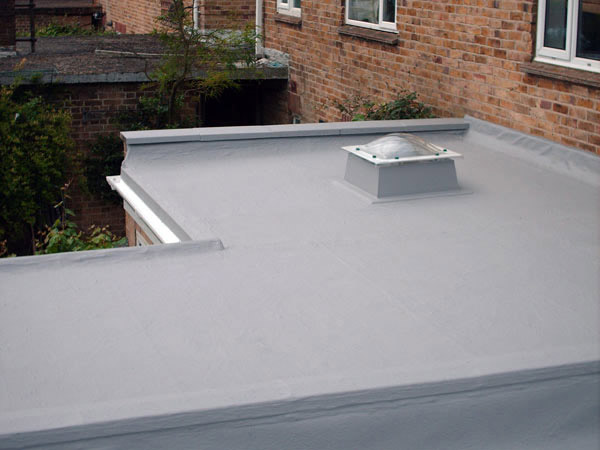
07 Oct How to prevent common flat roof problems
When built properly, a flat roof will not cause you any problems.
However, there are common issues associated with them, that can usually be attributed to poor workmanship or low-quality bonding materials.
Let’s look at some of the common flat roof problems, with tips on how to prevent them.
1. Standing water
Standing water is the number one cause of flat roof leaks, and while it may seem innocent enough, standing water can damage a roof’s materials over time.
To prevent standing water, the flat roof should have a slight slope, or it should have a drainage slope which allows water to run down into a drainage point. Adequate drainage is, of course, the way to prevent standing water on flat roofs.
2. Blistering and bubbling
If you have ever seen blistering or bubbling on a flat roof, you’ll know. This sinister fault occurs when moisture gets caught between the roof layers and evaporates.
To prevent blistering or bubbling, adequate bonding between the roof layers is needed, so that no moisture can get caught between the roof’s membranes. The blistering is caused by water expanding when it evaporates. By sealing the roof properly, you can prevent blistering and bubbling from ever happening in the first place.
3. Discolouration
This issue is rare although not unheard of. Discolouration of a flat roof happens when low quality materials are used in its construction. UV light or chemicals can cause discoloration, which can be unsightly and get worse over time.
The only way to prevent discolouration is by hiring a reputable roofer who will use the best quality materials to build your roof. The materials used should have a warranty, and the workmanship should have its own quality guarantee.
4. Cracking and peeling
If a roof’s membrane cracks or works its way off its outer bond, the reason is thermal movement which happens naturally as the top membrane reacts to changes in temperature.
The way to prevent cracking and peeling is to use a high-quality, long-life bonding agent that is relatively flexible. This way, when the membrane moves due to changes in temperature, it will stay in place. Any reputable roofer will use a high-quality bonding agent. The bonding agent should also be resistant to frost and extreme temperature changes.


Sorry, the comment form is closed at this time.